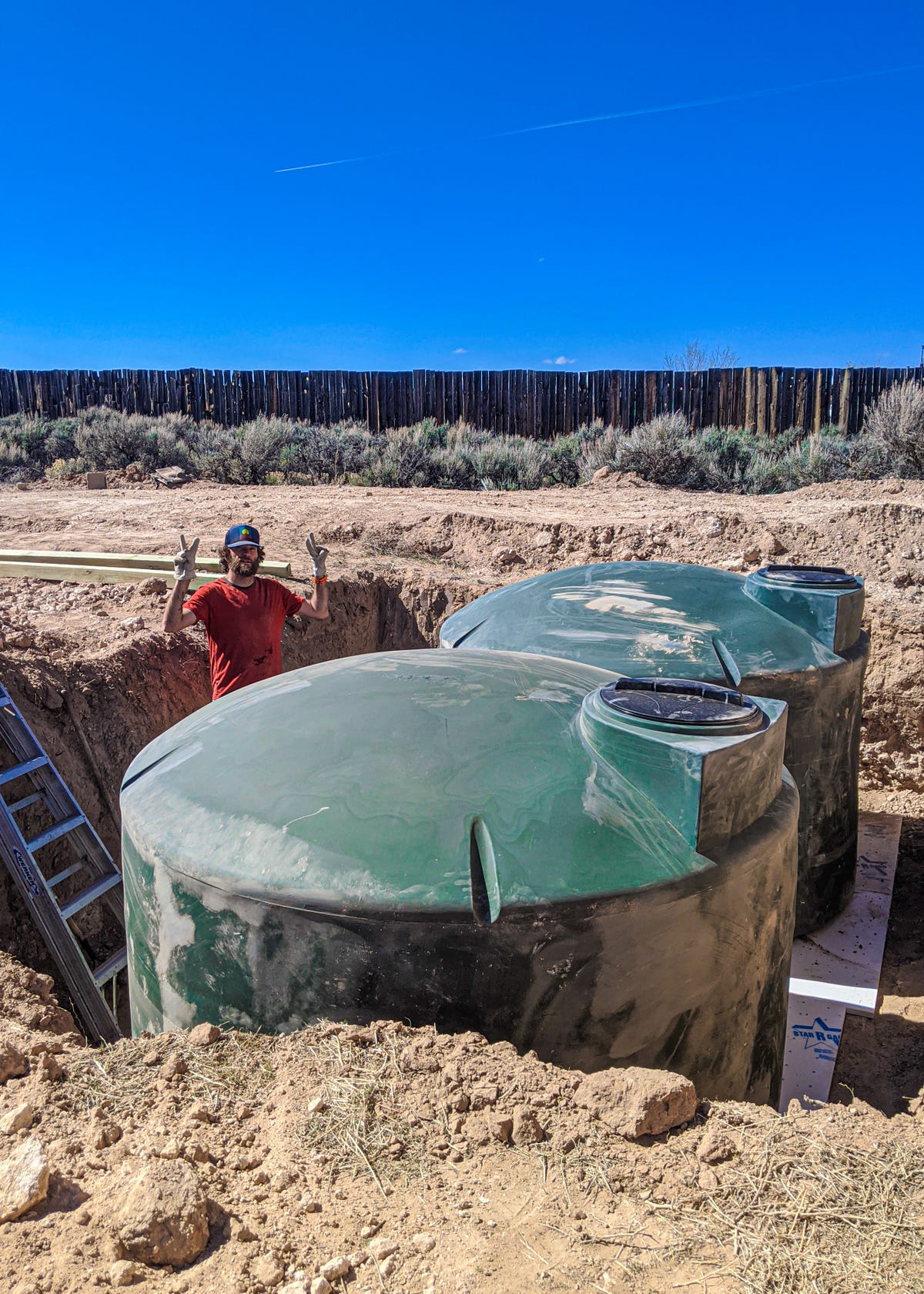My wife and I purchased a not-quite-finished off-grid home about a month into the COVID-19 lockdown and immediately went to work installing half a dozen solar panels. I’ve learned a few lessons about solar energy the hard way.
The motivation to add a solar power system to your home is usually simple: reduce your power bill or even earn money from your utility. Maybe you add some solar batteries to have a backup in case of an extended outage.
But if there’s no grid at your location and solar is your primary source of energy, you have a different set of motivations and concerns, including some that force you to look at basic facts in a whole new light.
My solar panels were initially connected to — believe it or not — a pair of huge 6-volt golf cart batteries, each weighing 83 pounds and wired together in series to create a 12-volt system, which generates plenty of 120-volt alternating current via a large inverter. It’s a modest system for our modest home.
My solar power system first began producing around the time of the summer solstice in June 2020, and it was a truly magnificent thing to behold. But it was just the beginning: Relying on the sun transforms your relationship to energy, providing some unexpected insights and greater accountability when it comes to consuming it.
Solar power is more like water than magic
To flip a switch and watch as a refrigerator, wireless router or lightbulb springs to life — knowing that its power has been quite literally pulled out of the air — is a wonder to behold.
What is going on inside that light socket? Some tiny computer converting invisible electrons to visible light? Gnomes? To me, either explanation once seemed equally likely. Then a mentor explained that electricity behaves like water — flowing across the path of least resistance and filling any reservoirs along the way with energy, be it a battery or an electron-draining laptop screen.
Demystifying the power of electricity was empowering. Few things are more delightful to me than watching water flow, be it majestic waterfalls or crashing waves. As a kid, I took great joy in engineering canals with my cousins using just a bucket of water and a plastic shovel on lakeshores. The revelation that electricity follows similar rules, yet is invisible and also makes our entire world function, is eye-opening. Putting it to use with solar technology that allows you to collect, contain and control that power autonomously is life-changing.
Harvesting your energy directly from a ball of fire in space can cause you to revisit some basic facts learned in grade school, like how the Earth’s tilted axis gives us seasons and varying amounts of sunlight at different times of year. It’s all basic geometry, really.
But in my new home where the sun provides not just warmth, but also electricity, this geometry takes on a whole new meaning.

Digging to partially bury water collection and storage tanks, a decent metaphor for batteries.
It turns out that pesky axial tilt gifts us with delightful seasons that define the rhythms of life, but in the winter it means less sunlight, less warmth and less electricity generated. This is especially true if you don’t install a racking system for your panels that allows you to adjust their angle to be nearly vertical in order to catch all of those precious rays from the low-hanging winter sun. Guess what’s at the top of my list of needed DIY upgrades?

